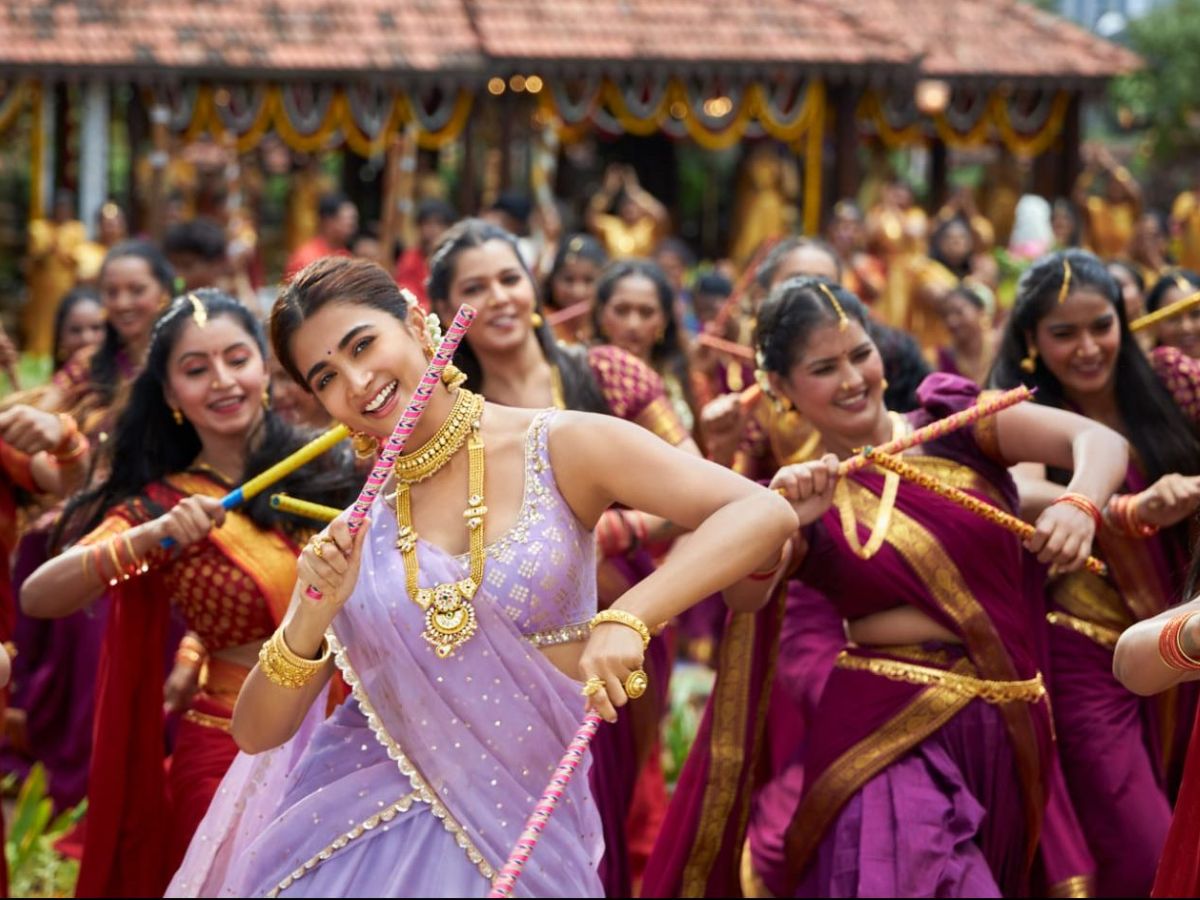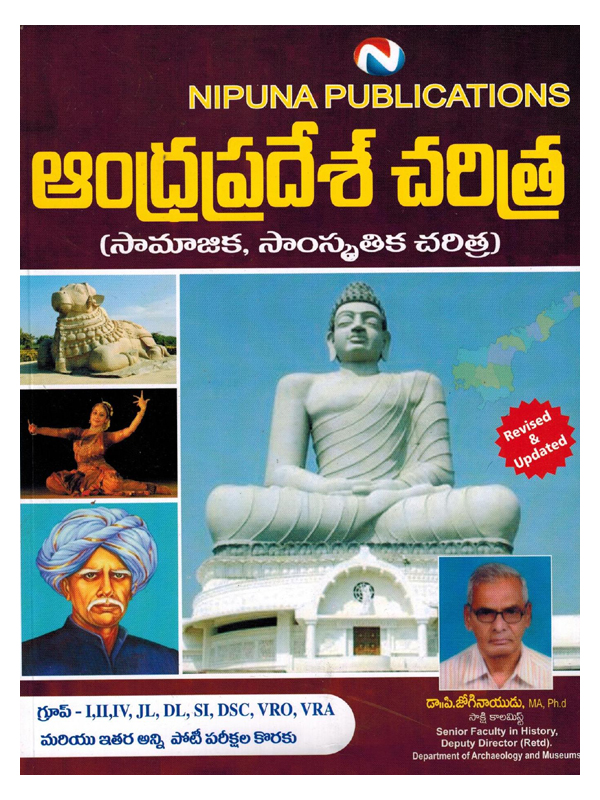Unveiling The Layers: The Cultural And Artistic Evolution Of Telugu Nude Art
Let’s delve into a subject that has sparked intrigue and dialogue for generations—the profound cultural significance of nudity in Telugu art and its historical underpinnings. The term "Telugu nude" might initially evoke a sense of controversy, but upon closer inspection, it reveals itself as an exploration of the rich artistic expressions of a culture that reveres the human form in ways that are both profound and aesthetically captivating.
Before jumping to conclusions, it’s essential to clarify: this discourse is far from scandalous. Instead, it examines how nudity has been portrayed in Telugu art, literature, and history. It’s an invitation to understand the intricate cultural nuances and the deeper meanings embedded within these artistic expressions. Thus, whether you’re an aficionado of history, an art enthusiast, or simply curious about the world around you, this exploration is designed for you.
| Name | Ancient Telugu Artists |
|---|---|
| Period | 10th Century - Present |
| Region | Andhra Pradesh, Telangana |
| Artistic Focus | Temple sculptures, paintings |
| Significance | Celebration of human form, spirituality |
| Modern Influence | Contemporary interpretations |
| Reference | Ancient Art Archive |
When we speak of "Telugu nude," it’s crucial to understand that it does not denote anything vulgar or indecent. Within the context of Telugu culture, nudity in art frequently refers to the depiction of the human form in its unadorned state. This practice isn’t about impropriety but rather an admiration for the human body as a form of art. Historically, nudity in Telugu art has been utilized to convey deeper meanings, such as purity, spirituality, and the celebration of life. Art transcends the visible; it evokes emotions and communicates messages, and in Telugu culture, nudity has been a potent tool for expressing these ideas.
Read also:Aaron Carter And Diddy The Unlikely Duo Redefining Musics Boundaries
As we journey back in time, the historical roots of nudity in Telugu art become evident. This tradition didn’t emerge overnight; it is deeply entrenched in the region's history. The ancient Telugu civilization was renowned for its vibrant art forms, and nudity was often an integral part of that expression. Art in ancient Telugu society wasn’t merely decorative; it was a way of life. From temple sculptures to paintings, nudity was depicted in a manner that celebrated the beauty of the human form. These artworks were not only ornamental but held religious and spiritual significance. For instance, numerous temple sculptures featured nude figures symbolizing divine beauty and purity.
Consider this: temple art frequently included nude figures as symbols of divinity. Nudity was employed to convey spiritual purity and enlightenment. Artists were highly esteemed for their skill in capturing the essence of the human form. The portrayal of Lord Shiva in a state of nudity symbolizes his detachment from worldly desires. Similarly, Goddess Parvati is sometimes portrayed in a semi-nude form, representing her divine beauty and grace. These depictions are crafted to inspire devotion and reverence among devotees.
In the modern era, Telugu artists are reimagining the concept of nudity in art in dynamic ways. While the traditional meanings remain significant, contemporary artists are exploring new dimensions and perspectives. The boundaries of what nudity means in art are being pushed, and modern techniques and mediums are being used to express ideas while staying true to cultural roots. Abstract paintings capturing the essence of the human form, sculptures blending traditional and modern elements, and photography exploring the beauty of the human body in a contemporary context are just a few examples.
The role of nudity in Telugu art is more pertinent than ever in today’s globalized world. Understanding different cultural perspectives is essential, and Telugu art provides a distinctive lens through which we can view the human experience. Art has long been a catalyst for social and political change, and Telugu nude art is no exception. By exploring themes of nudity and the human form, artists challenge societal norms and encourage critical thinking about beliefs. However, with any art form that pushes boundaries, there are challenges. Telugu artists who explore nudity in their work often face criticism and even censorship, making it difficult to express themselves freely and share their ideas with the world.
Despite these obstacles, many Telugu artists persevere, finding innovative ways to express themselves and connect with their audience. Digital platforms, social media, and other tools are being utilized to reach a broader audience and share unique perspectives. The discourse around Telugu nude art is not merely about nudity; it’s about comprehending the deeper meanings behind these artistic expressions and appreciating the beauty of the human form.
The historical significance of Telugu nude art cannot be overstated. It is an integral part of the cultural heritage of the region, offering a window into the values and beliefs of ancient Telugu society. As contemporary artists reinterpret these traditions, they weave a narrative that bridges the past and present. The evolution of this art form reflects broader societal shifts, including changing attitudes towards the human body and its representation in art.
Read also:Unveiling The Culinary Legend Sapporo Ichiban Ramen
Connections to other cultural art forms can also be drawn. For instance, the portrayal of the human form in Greek and Roman art shares similarities with Telugu art in terms of celebrating the human body. Similarly, the Renaissance period in Europe saw a resurgence of interest in the human form, much like the enduring fascination in Telugu culture. By examining these parallels, we gain a deeper understanding of the universal themes that transcend geographical and cultural boundaries.
The impact of Telugu nude art extends beyond the artistic realm into society at large. It challenges preconceived notions and invites dialogue about the human body and its representation. In a world where body positivity and acceptance are increasingly important, this art form serves as a reminder of the beauty and diversity of human forms. It also highlights the importance of respecting cultural differences and appreciating the unique contributions of various societies to the global art scene.
Moreover, the role of artists in shaping societal perceptions cannot be overlooked. Through their work, they have the power to influence attitudes and foster understanding. The challenges faced by Telugu artists mirror those encountered by artists worldwide who push boundaries and challenge norms. By overcoming these obstacles, they contribute to a more inclusive and accepting society.
In conclusion, the cultural and artistic significance of nudity in Telugu art offers a fascinating exploration of human expression. It invites us to reflect on the deeper meanings behind these artistic expressions and to appreciate the beauty of the human form. Whether you are a connoisseur of art or a curious observer, the world of Telugu nude art provides endless opportunities for discovery and learning. So, the next time you encounter a piece of Telugu art featuring nudity, take a moment to consider its meaning and its place in the larger cultural context. This art form is a testament to the enduring power of art to challenge, inspire, and connect us all.


